In 1936, the Nobel Prize of Medicine was granted to 2 doctors: Otto Loewi and Henry Dale.
Their discovery ended a decades-long discussion: how do neurons communicate with each other? Not only their discovery was a breakthrough, but the way they figured it out was beyond belief.
One of them, Otto, had a dream. In his dream, he visualized a strange experiment that would eventually lead to him winning the Nobel. This is their story:
In the beginning of the 20th century, the scientific community was divided
Scientists couldn’t agree on how synapses worked. Most scientists thought neurons worked just as electrical wires, transmitting electrical signals. However, a small group of people started to argue that there was a chemical mechanism instead.

Neurons are the cells that make up our nerves and brain. If you take a look at a nerve through a microscope you will see something similar to a wire, with thousands of thin, long filaments inside, the neurons.
There are some points where a neuron ends and another starts. That point is called a synapse. The question then is: how does the signal go from one neuron to the next one? We know electrical signals travel through the neuron, but, do they jump from one neuron to the next one?

This question intrigued scientists for a long time.
Most of them thought that, indeed, electrical signals probably jumped across the synapse. How else could it be so quick? Imagine how long it takes for you to move a finger, just a fraction of a second. How could a chemical mechanism possibly be so fast?
It was a weird theory, the chemical one. However, because a synapse is so small (around 1 millionth of a cm), it was virtually impossible for them to study how it worked. No microscope at that time was powerful enough, not by a long shot. So, for many years, nobody could prove whether one theory was true or the other.
Now let’s turn to Otto Loewi, our main character
Otto Loewi was a German doctor. He worked as a clinical doctor but he started to get frustrated with clinical medicine.
At that time, many patients died of tuberculosis and pneumonia because there were no effective therapies, and he grew disenchanted. Instead, he decided to turn to basic research. He started focusing on glucose metabolism, proteins…
In 1902, Loewi travelled to London to work at University College. There, he met Henry Dale (with whom he shared the Nobel) and T.R. Elliot. These 3 gentlemen had a “intuition” that there had to be an underlying chemical mechanism.
Later, Otto would also meet John Eccles, an Australian researcher who was a strong defendant for the electrical theory at that moment. Eccles was no fool though, and in fact, he too would later receive the Nobel Prize in 1963, for a different work on synapses.

1921 – dreaming about synapses
One night, Otto Loewi had a dream. In that dream, he was able to visualize an experiment that could prove the chemical theory of synapses. So he woke up and, because it was deep in the night, took a note of it.
When he woke up, he hurried to check his note, only to find that he couldn’t understand his own writing. Imagine the despair.
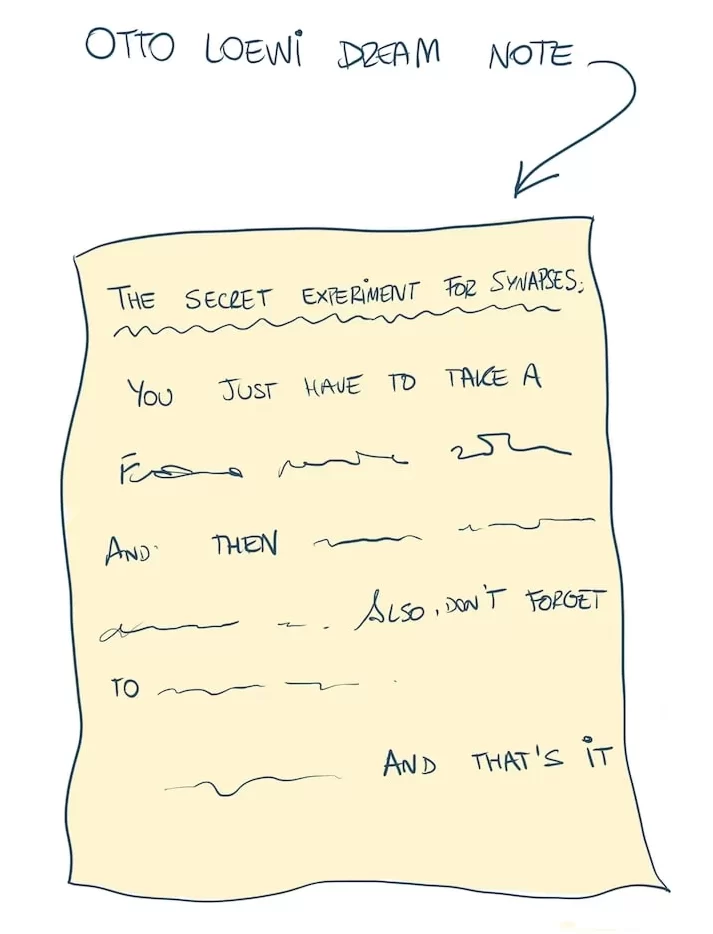
That thought must have remained hidden in his subconscious, though, because next night he had the same dream. This time he didn’t take a chance, so he got up and went straight into the lab.
“The night before Easter Sunday of [1920] I awoke, turned on the light and jotted down a few notes on a tiny slip of thin paper. Then I fell asleep again. It occurred to me at 6.00 o’clock in the morning that during the night I had written down something important, but I was unable to decipher the scrawl. The next night, at 3.00 o’clock, the idea returned. It was the design of an experiment to determine whether or not the hypothesis of chemical transmission that I had uttered 17 years ago was correct. I got up immediately, went to the laboratory, and performed a simple experiment on a frog heart according to the nocturnal design.”
The idea was quite simple: he took 2 beating frog hearts. The first heart had all its intact nerves. They knew by then that there was one nerve that made the heart beat slower, the vagus nerve.
On the other hand, the second heart was denervated, it no longer had any vagus nerve. Still, both hearts were still beating (they don’t stop beating immediately, they turn into “automatic beating”).
He introduced the first heart inside some saline. Then, he stimulated its vagus nerve, which caused the heart to beat slower. Then he removed the heart and introduced the second one (the denervated one). As soon as it touched the saline… it slowed down too!
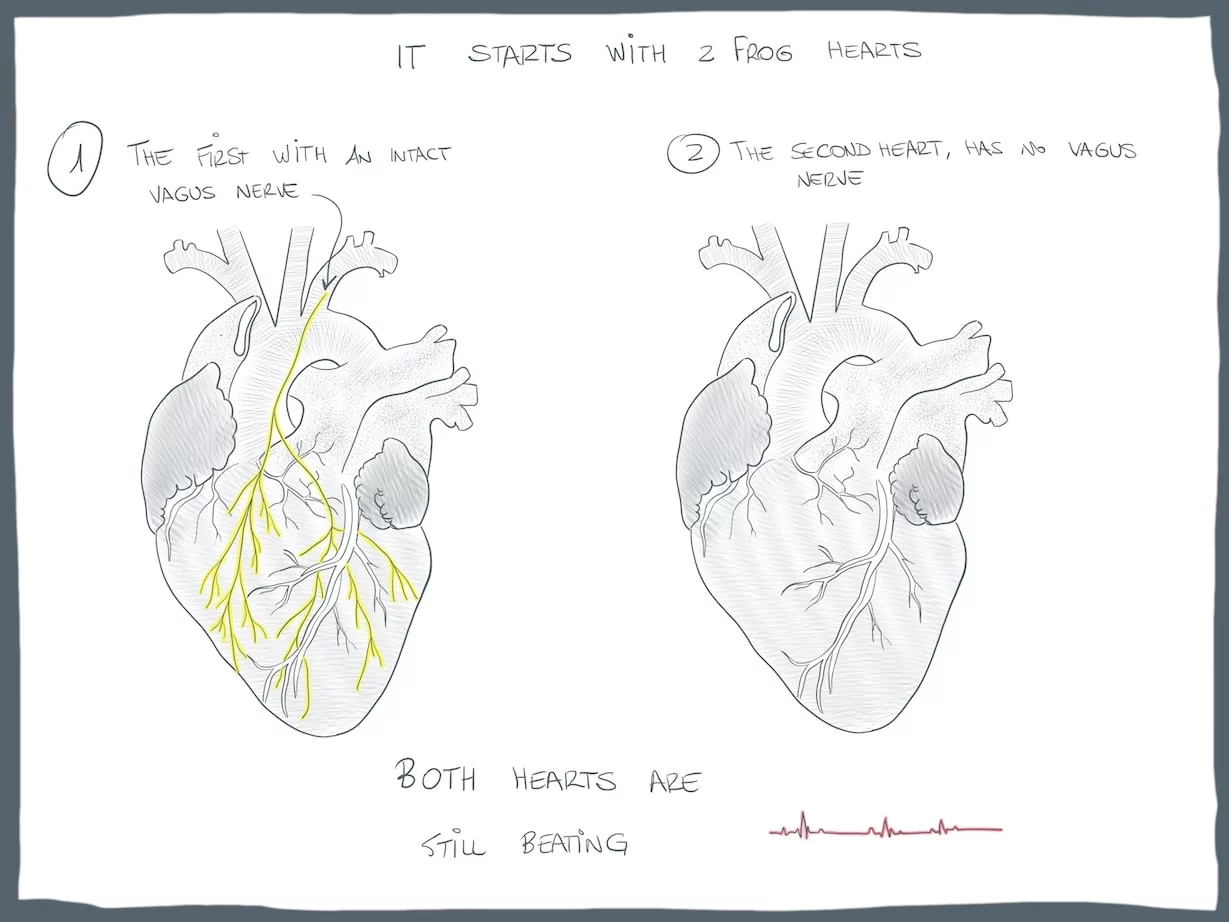
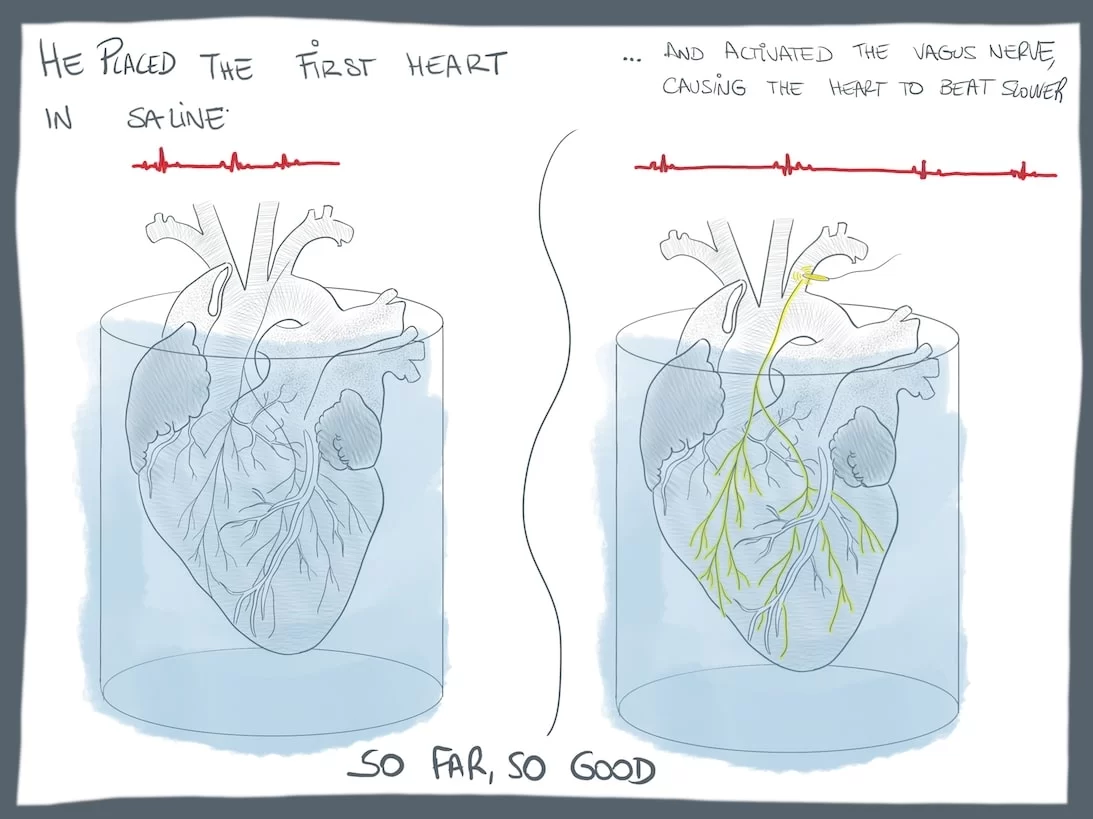
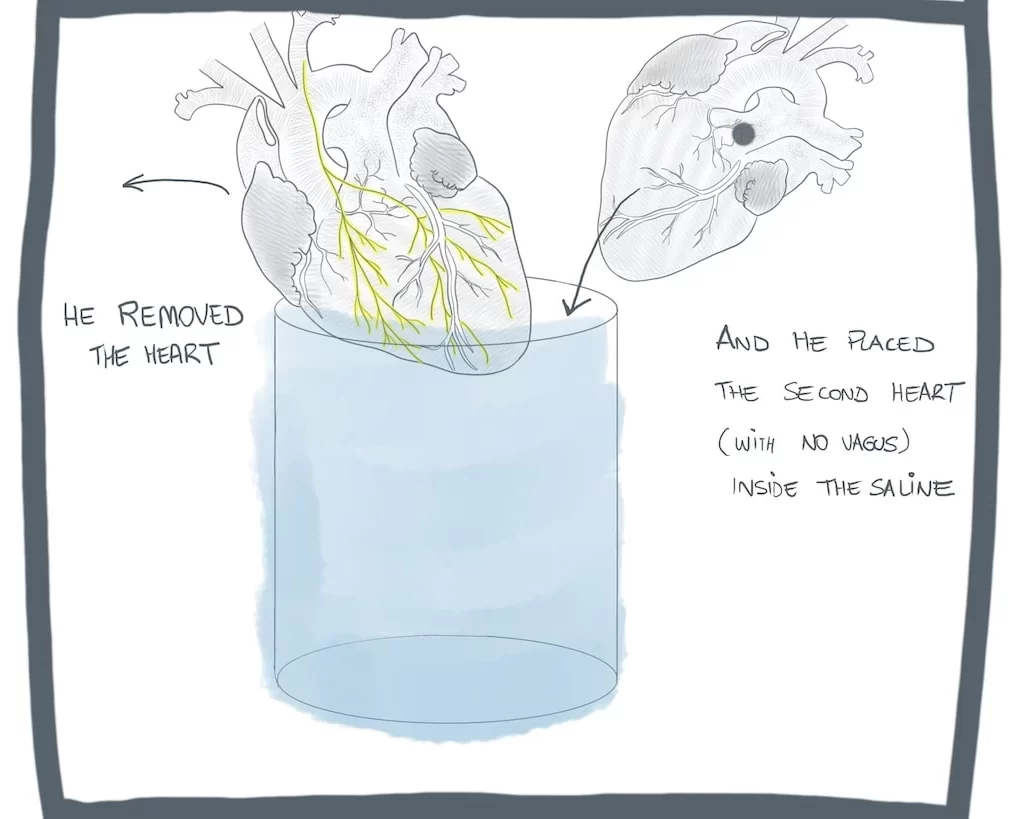
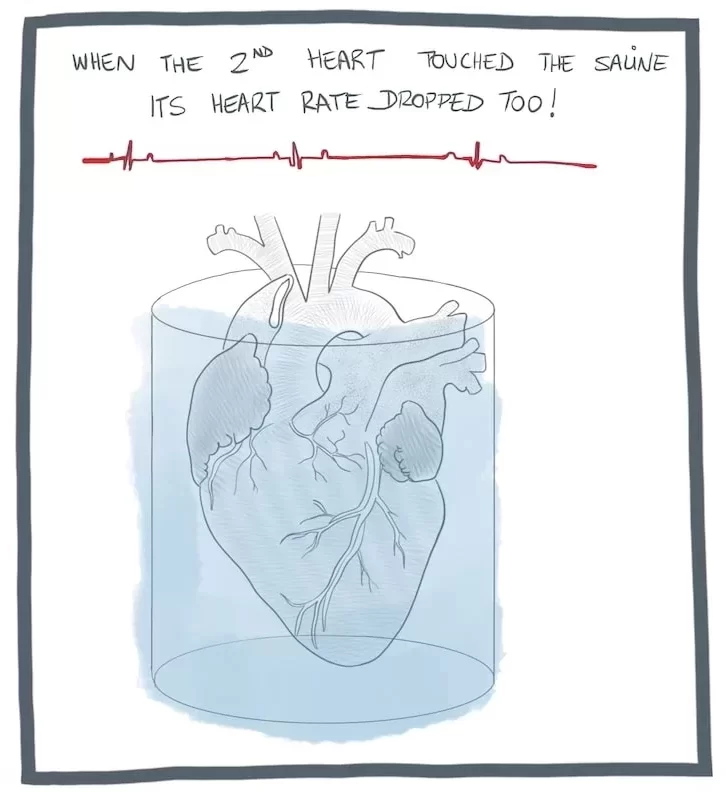
This simple experiment proved how synapses must work via a chemical mechanism. Even though he couldn’t see anything inside the saline, there must be some chemical in it that caused the second heart to slow down too. He called it Vagusstoff, because it was released when he stimulated the vagus.
Some years later, his friend Henry Dale finally identified the chemical, which turned out to be acetylcholine, a neurotransmitter. Acetylcholine is one of several neurotransmitters we know today. For both these discoveries, they eventually got the Nobel Prize of Medicine in 1936.
A new era
Their contribution has been invaluable for us. Nowadays, there are dozens of neurotransmitters that we know of, and we can make good use of them.
Each neurotransmitter we discover, allows us to develop some drug that regulates a different circuit.
For example, there is a neurotransmitter called dopamine. We know that people with Parkinson have too little dopamine in their brain, so we use drugs to increase it, like “L-dopa”. Interestingly, people with schizophrenia have too much dopa, so there are drugs to reduce it as well, like haloperidol.
The same goes on with other neurotransmitters like serotonin for antidepressants and obsessive compulsive treatment, histamine for allergies and peptic ulcers… Acetylcholine, the one they discovered, gave way to a family of muscle relaxants, which we use for anesthesia.
Leave a Reply